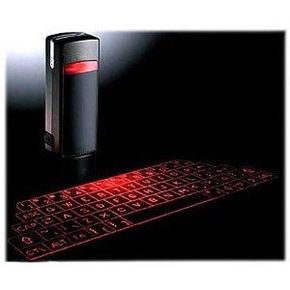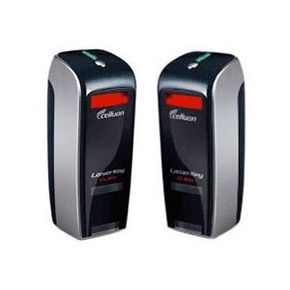Without your computer keyboard, whether it's part of a desktop or a laptop, it might've been fairly difficult to get to this article. Sure, maybe you've bookmarked the Web site and you used your mouse to click around between several links, but most of the time, you probably type the Web site address into your browser to get here. Most of us with personal computers use a keyboard almost every day to compose e-mails, type out word processing documents, visit Web sites and perform searches. And as easy as it may seem, typing is a skill we have to learn and practice in order to perform properly. Most students take typing classes as early as elementary school, and word processing is one of the most common skills listed on a job-seeker's resume.
Without keyboards, communicating between family, friends and businesses would be a much less streamlined affair. Today, even smartphones come equipped with smaller keyboards. Phones that are more focused on e-mail and text messaging, like the BlackBerry or several of the slider phones, offer these as a more straightforward way of typing out text. On a typical cell phone with a three-by-four numeric keypad, for instance, where at least three letters are assigned to a number, you often have to punch through each key several times to get one word on the screen. Some people are remarkably adept at this -- just watch some people on a train or at the airport rifle through several text messages in a matter of no time -- but for some, the act is cumbersome and takes far too long. Miniature keyboards, however, attempt to solve that problem by giving users a complete QWERTY setup to type e-mails, text messages and reminders.
Advertisement
But there's another problem. People with bigger fingers may find the keyboards on smartphones and PDAs too small. To make up for this, some manufactures have developed special virtual laser keyboards to accompany handheld devices. Instead of having to poke lightly around your phone's keyboard, a virtual laser keyboard connects to the phone and projects a full-sized virtual keyboard onto any flat surface. So how do they work?




